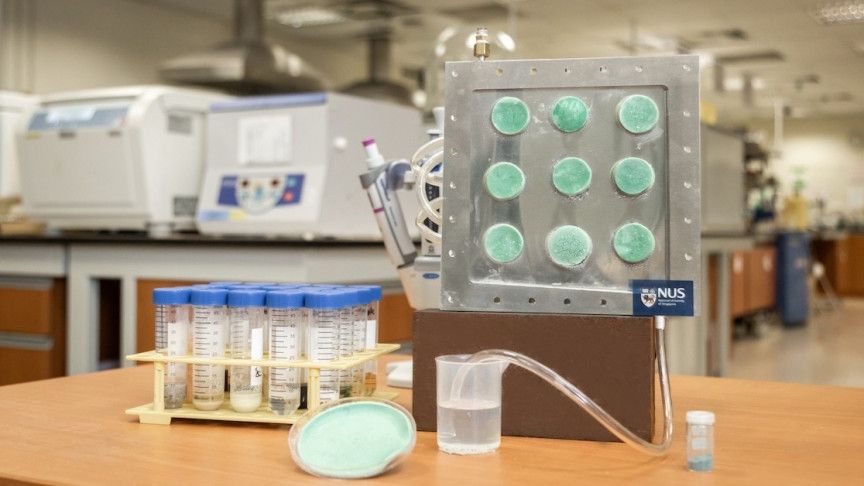It is true. From its effect on biomarkers such as heat shock proteins and Fox 03, through to real world impacts on cardiovascular health, to improving mood, helping you live longer healthier and reducing your chance of dying before your time. I think we all know saunas are really great for you, but this will give you all the scientific reasons why… Taking it easy and relaxing for half an hour… Is not just wasting your time… Changes today will make tomorrow better. #saunas
I am going to give you the best reasons in the world to sit back and take it easy in a nice warm environment, and to just forget the troubles of the world.
Maybe play some music, or a podcast, or listen to a book, or just meditate, just relax and take it easy.
It is for your own health after all!!
How about clicking here and watching the video I did on good and bad stress.
The science in the video.
Modulation of body temperature and LH secretion by hypothalamic KNDy (kisspeptin, neurokinin B and dynorphin) neurons.




